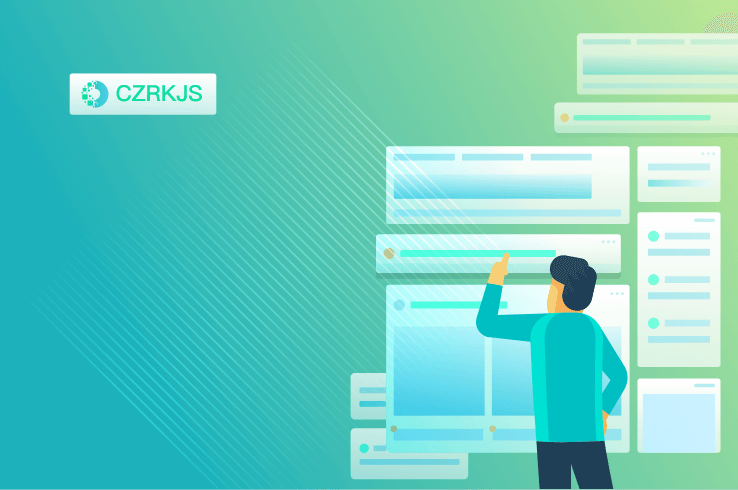
The Dark Side of Buy Now Pay Later Services
The Dark Side of Buy Now Pay Later Services
The Allure of Instant Gratification
In an era where convenience reigns supreme, Buy Now Pay Later (BNPL) services have surged in popularity, offering consumers the tantalizing promise of instant gratification without immediate financial strain. With just a few clicks, shoppers can split their purchases into interest-free installments, making high-ticket items seem suddenly affordable. Retailers love it—sales increase, cart abandonment decreases, and customer satisfaction soars. But beneath this glossy veneer of financial flexibility lies a darker reality, one that can trap unsuspecting users in cycles of debt and financial instability.
The Debt Spiral: A Hidden Danger
While BNPL services market themselves as a smarter alternative to credit cards, they often lack the same regulatory oversight. Unlike traditional loans, many BNPL providers perform only soft credit checks, making it dangerously easy for consumers—especially younger or financially vulnerable ones—to overextend themselves. The ease of signing up for multiple BNPL plans across different retailers can quickly lead to a tangled web of payments. What starts as a manageable $50 installment here and a $100 payment there can snowball into hundreds or even thousands of dollars in debt, all while late fees and penalties silently accumulate.
Psychological Pitfalls: Spending Beyond Means
Human psychology plays a significant role in BNPL’s darker side. The segmentation of payments into smaller, future-dated amounts creates an illusion of affordability, encouraging consumers to spend beyond their actual means. Studies suggest that people tend to spend more when using BNPL services compared to paying upfront, as the pain of parting with a large sum of money is deferred. This disconnect between spending and immediate financial consequence can lead to reckless purchasing habits, leaving users with a mountain of debt when the bills finally come due.
The Regulatory Gray Area
Unlike traditional credit products, BNPL services often operate in a regulatory gray area. Many providers are not required to disclose interest rates or fees as prominently as credit card companies, and their repayment terms can be confusing or misleading. Some users may not realize that missed payments can hurt their credit scores or that they’re agreeing to recurring automatic withdrawals. In some cases, aggressive debt collection practices add further distress to those already struggling to keep up.
A Call for Caution and Consumer Awareness
BNPL services aren’t inherently evil—they can be useful tools when used responsibly. However, the lack of transparency, combined with the ease of access, makes them a potential financial hazard. Consumers should approach BNPL with the same caution as any other form of credit, scrutinizing terms, budgeting carefully, and resisting the urge to overcommit. Meanwhile, regulators and financial educators must step in to ensure that these services are held to higher standards, protecting users from the pitfalls of unchecked debt.
In the end, the convenience of “buy now, pay later” should never come at the cost of long-term financial well-being.




